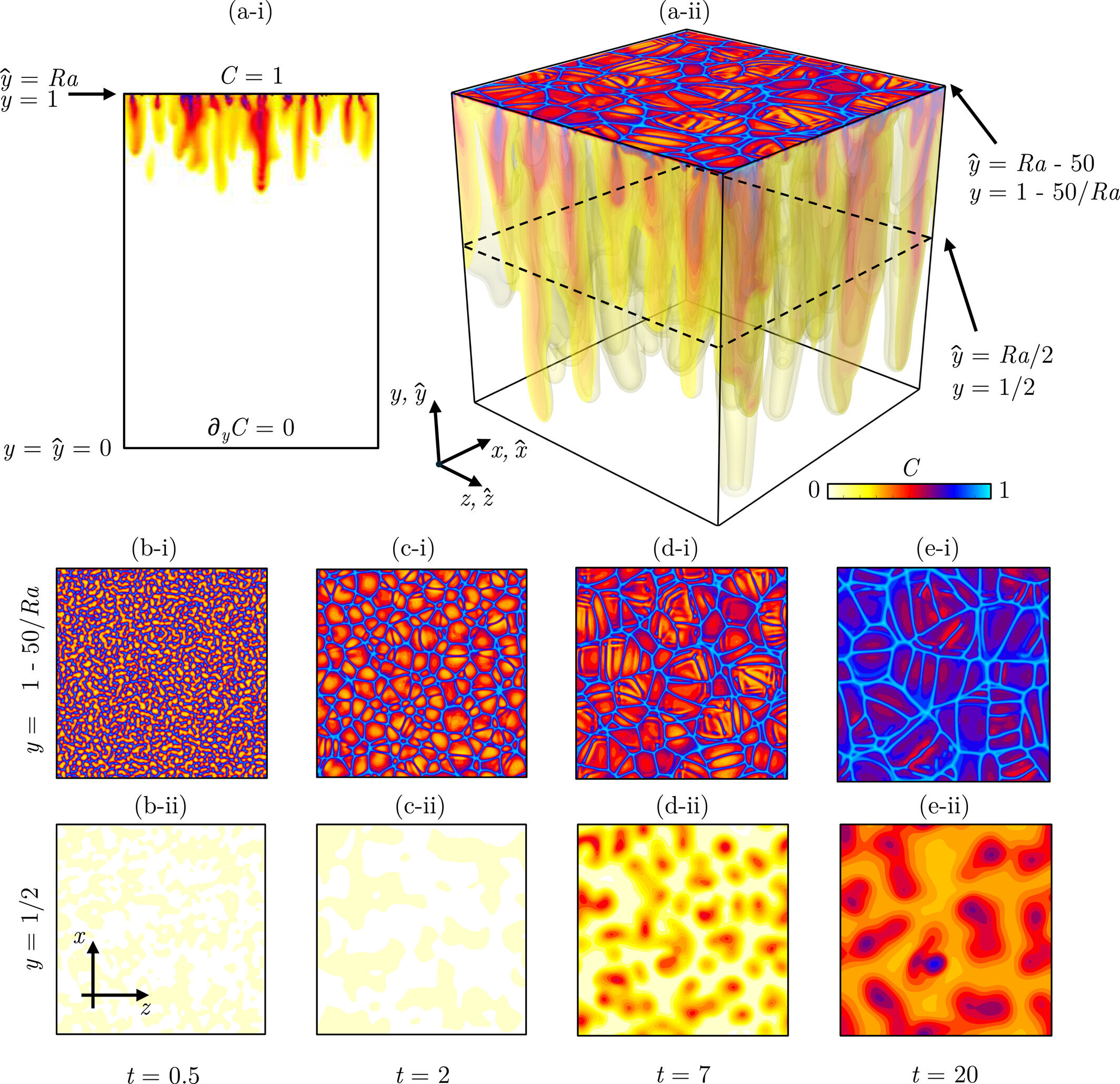We’ve heard it time and again—if we’re serious about tackling climate change, we must cut carbon dioxide (CO₂) emissions. That’s the foundation. But what if that’s not enough?
The reality is, even if we flipped a switch and stopped all CO₂ emissions today, the gas already lingering in our atmosphere would continue to warm the planet for decades to come. To truly curb the escalating climate crisis, we need to go a step further: not just stop emissions, but actively remove existing CO₂ from the air and lock it away—permanently.
But How Do You Trap a Gas for Eternity?
This is where carbon capture and storage (CCS) enters the picture. The basic idea is to take CO₂, compress it, and pump it deep underground—miles beneath the Earth’s surface—where it can no longer escape into the atmosphere.
On paper, it sounds simple. But naturally, it raises a daunting question: If we bury CO₂ underground, how do we know it won’t leak back out? What guarantees are there that it will stay put—not just for a few decades, but for thousands of years?
That question has now been tackled in remarkable detail thanks to an ambitious study led by physicist Marco De Paoli and his team. Using cutting-edge numerical simulations run on supercomputers, they’ve revealed a surprising and hopeful answer.
The Science of Sinking CO₂: More Than Meets the Eye
One might imagine that pumping CO₂ underground would be like trying to hold a balloon underwater—it wants to rise. And it’s true: in its pure form, CO₂ is less dense than water, and under the intense pressures deep in the Earth, it exists as a dense liquid. So how do we stop it from simply bubbling back to the surface?
The key lies in chemistry and physics.
When CO₂ is pumped underground, it doesn’t stay in its pure form for long. It begins to dissolve into the surrounding groundwater. And here’s the twist: water containing dissolved CO₂ is actually heavier than regular water. This denser fluid tends to sink downward, not rise.
This phenomenon was once thought to be a slow and passive process. But De Paoli’s simulations reveal something far more dynamic—and promising.
A Self-Mixing Sinkhole: Nature’s Perfect Storage System
As CO₂ dissolves into water, it creates a dense, downward-moving plume of fluid. This isn’t a gentle trickle, either. The team’s models show that the heavier, CO₂-rich water forms fingering patterns—complex networks where denser patches snake their way downward through more porous rock, displacing the less dense water as they go.
“Where the CO₂ concentration is highest, the mixture sinks faster,” explains De Paoli. “This, in turn, enhances mixing and increases the rate of downward movement.”
This self-reinforcing process accelerates the long-term storage of CO₂. Over time, the gas becomes so thoroughly mixed and diluted within the deep water layers that its escape becomes virtually impossible.
Rock Solid Storage: What Lies Beneath
Of course, not every underground environment is suitable for this process. For safe and permanent storage, two critical geological conditions must be met:
- A “cap rock”—an impermeable rock layer that initially traps the CO₂ and forces it to dissolve in groundwater.
- A porous rock layer beneath, like sandstone, that allows the CO₂-laden water to slowly sink deeper into the Earth.
Once the CO₂ dissolves and begins sinking, the role of the cap rock becomes secondary. Even seismic events or human disturbances—like drilling—wouldn’t bring the CO₂ back up. The physics and chemistry of the system lock it in place.
And these kinds of formations aren’t rare. In fact, they’re surprisingly common.
“There are large areas called saline aquifers, found both under the seabed and inland, where CO₂ storage is viable,” says De Paoli. “We could also use depleted oil and gas reservoirs, which are already well-mapped and understood.” He notes that Austria alone has at least six known saline aquifers with the potential for secure CO₂ storage.
From Simulation to Strategy: Engineering the Future
Perhaps the most exciting outcome of De Paoli’s research isn’t just the understanding of how CO₂ behaves underground—but what we can do with that knowledge.
Thanks to the highly detailed computer simulations, engineers can now build simple, predictive models. These allow for the design of injection strategies that maximize storage efficiency while minimizing cost and complexity. It means we don’t need to run massive simulations for every new site; we can apply these insights more broadly and quickly.
This could dramatically scale up the deployment of CCS, which, until now, has faced hurdles not only in public perception but also in technological certainty.
The Next Frontier: How CO₂ Changes the Rock It Touches
The work isn’t finished. De Paoli and his team at TU Wien are diving deeper—literally and figuratively—into the geochemical consequences of CO₂ storage.
“When CO₂-rich water flows through rock, chemical reactions can occur,” he explains. “Some minerals might dissolve, while others might precipitate. These changes could influence the rock’s porosity and permeability—possibly even making it easier to store more CO₂.”
Understanding these interactions is crucial. If we want CCS to be a core part of our climate solution toolkit, we must ensure it remains predictable, stable, and safe over geological timescales.
A Powerful Tool—But Not a Free Pass
Carbon capture and storage is not a magic bullet, and De Paoli is clear on that point. It doesn’t replace the urgent need to slash emissions and transition to renewable energy sources. But it’s an essential complementary strategy—especially for hard-to-abate sectors like cement, steel, and long-haul transport.
With the right geological conditions, CO₂ can be safely locked away—not just for our lifetimes, but potentially for millions of years.
So as we look to the future, the story of CO₂ is no longer just about what we pump into the atmosphere. It’s also about what we can take back—and what we can bury for good.
Reference: Marco De Paoli et al, Simulation and Modeling of Convective Mixing of Carbon Dioxide in Geological Formations, Geophysical Research Letters (2025). DOI: 10.1029/2025GL114804
